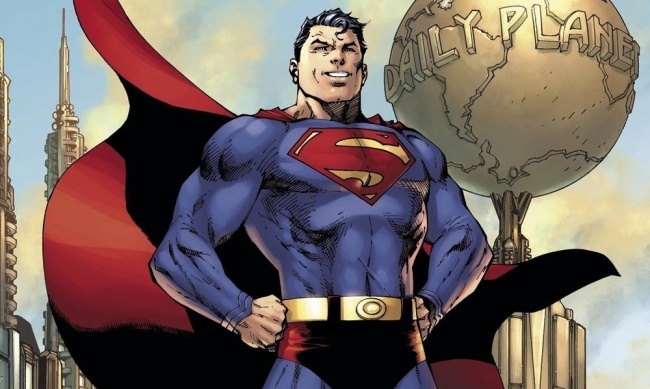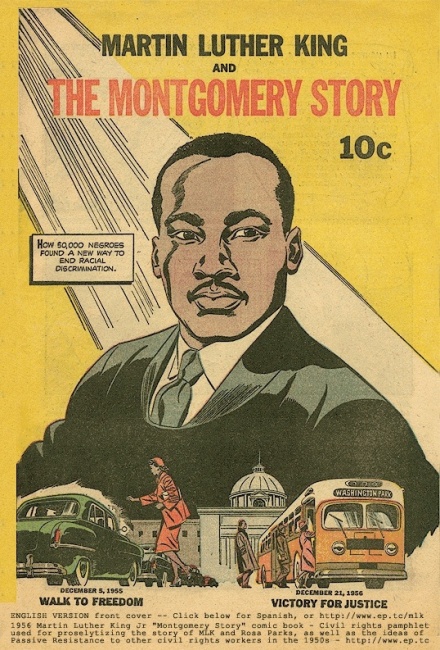Confessions of a Comic Book Guy is a weekly column by Steve Bennett of Super-Fly Comics and Games in Yellow Springs, Ohio. This week, Steve Bennett weighs in on Action Comics #1000, the discovery of a previously unknown comic artist, and Neil Gaiman’s appearance on The Big Bang Theory.
Naturally, Action Comics #1000 is going be the comic I'll be reading first this week, and I confess I'll start with the 12-page story by Brian Michael Bendis and Jim Lee, and not because it marks the return of the red trunks. Rather it's because I've been wondering, as the recent piece in The New York Times put it, “Can This Man Save Superman?” While the headline is hyperbolic it does neatly sum up the fact Bendis is facing a “task that many have tried and failed at: Invigorating a character that many see as, frankly, boring, without betraying the core of who Superman is.”
As I wrote earlier this year (see “Confessions of a Comic Book Guy - Another Chance To Get It Right”), I believe that Bendis is more than equal to it. That is, if, DC can manage to overcome the decades of corporate inertia which has led to Superman’s current state. And avoid the temptation to mire the Superman titles down in cheap events and stupid stunts and instead allow Bendis the freedom to tell the stories that he wants to tell. You gave him the job, he can do the job, all you have to do is let him do the job. In short, Let Bendis Be Bendis.
I certainly hope so. But, first we’ll see, and then we’ll know.
Meanwhile, that NYT piece also features a few other items of interest. For instance, while talking about the supposed bump effect a popular movie based on a comic book is supposed to have on comic books sales, Bendis said “That has never has happened” and “Since the Christopher Reeve Superman movie, there’s just people who will never read anything — comics, magazines, books; they love their television and film.“ In other words, if we want more comic book readers, first we need to figure out how to make more Americans into readers.
You know how I routinely complain about how comic books are one of the few products in America which don’t conduct any market research because the companies producing them believe it’s cheaper to just guess what its customers want? I did it just last week (see “Confess of a Comic Book Guy -- Know Your Dennis”). But the NYT piece has an interview with comic book writer John Jackson Miller and quotes him as saying:
"Comics readers — the ones buying the monthly comics — are the focus group," Mr. Miller said. "They are the ones with the early access fee to get into what’s going to be hot, what’s going to be in theaters, in video games, in Netflix shows."
In short, what Jackson is suggesting is that comic books companies don’t have to do market research because we are the market research.
Over the years I’ve repeatedly written about Martin Luther King and the Montgomery Story, a 16-page comic book about the Montgomery bus boycott (for the full story, see “Confessions of a Comic Book Guy--The World’s Most Dangerous Comic”). I’ve done so because, to quote Wikipedia, “It helped inspire nonviolent protest movements around the Southern United States, and later in Latin America, South Africa, the Middle East, and elsewhere. In addition, it served as the inspiration for the best-selling, award-winning March trilogy, written by Georgia Congressman John Lewis.”
While it was officially drawn by the Al Capp Organization, the identity of the actual artist has remained unknown. However, according to a story that appeared on The Beat website, “Big Apple report--finally revealed: the artist of the Martin Luther King Jr. comic,” the artist has been confirmed as being Seymour “Sy” Barry, who primarily worked as an inker. During the Golden Age, he worked for both Marvel and DC but is best known for his three decades of inking the syndicated comic strip The Phantom.
Finally, I feel compelled to warn you that once again the main story of this week’s episode of The Big Bang Theory, “The Comet Polarization” concerns the guys’ comic book shop The Comic Center of Pasadena and its long-suffering owner, Stuart Bloom. According to the episode’s official synopsis, "Sheldon's comic book store experience changes when writer Neil Gaiman puts Stuart's store on the map.” That’s right, it features a special guest appearance by Neil Gaiman.
In the TV promo for it, we watch Sheldon enter the store and become confused by the fact that for the very first time it’s actually crowded. Which is when a voiceover booms “Something terrible happened to Sheldon’s favorite store, it got popular!”
The opinions expressed in this column are solely those of the writer, and do not necessarily reflect the views of the editorial staff of ICv2.com.

Column by Steve Bennett
Posted by Steve Bennett on April 18, 2018 @ 4:57 pm CT
MORE COMICS
'Cat Mask Boy' and 'A Little Step'
July 2, 2025
A Little Step is a tale of two artistic teens, while in Cat Mask Boy, a young boy ventures into the Kowloon Walled City.
Says Next Payroll Is at Stake
July 2, 2025
Dynamite Entertainment says it cannot make next week's payroll unless it is paid for past due invoices.
MORE COLUMNS
Column by Rob Salkowitz
June 30, 2025
Columnist Rob Salkowitz talks to a mid-sized publisher who told him we are at "DEFCON 2, if not DEFCON1."
Column by Scott Thorne
June 30, 2025
This week, columnist Scott Thorne discusses sales on the Final Fantasy set and his experience with Games Workshop's policies on breaking release dates.









